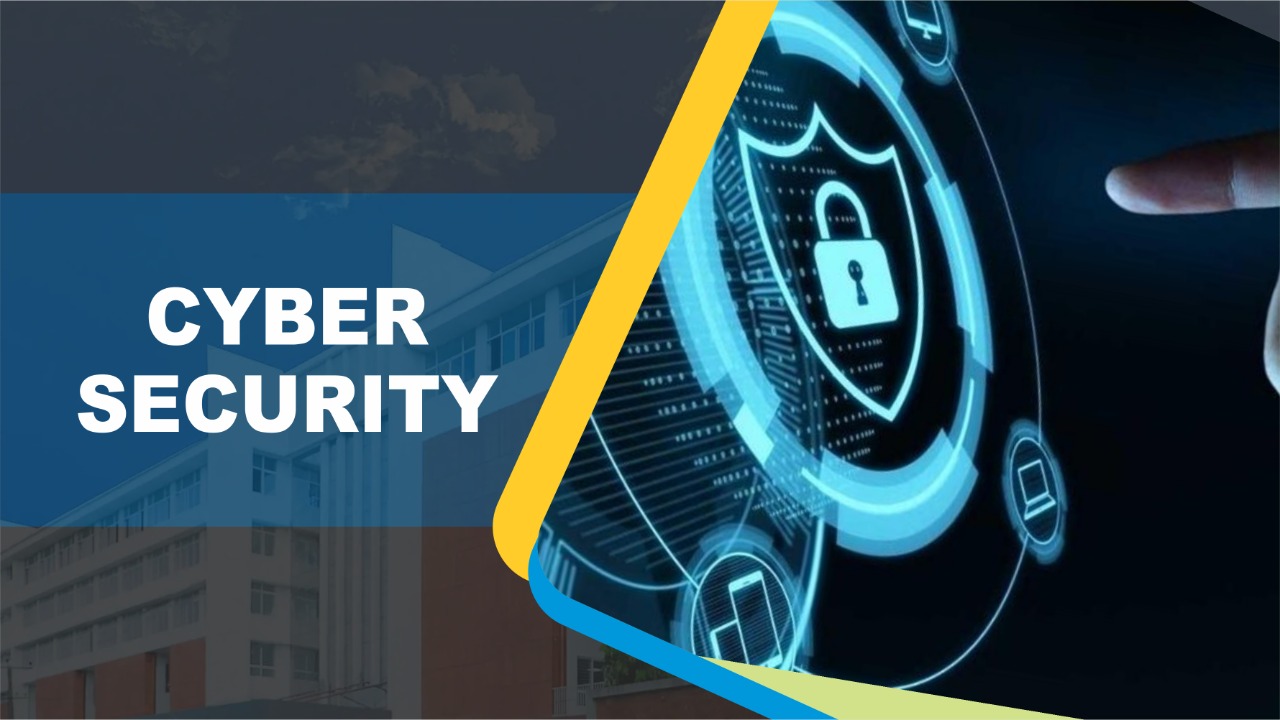
Cybersecurity encompasses a wide range of techniques and technologies aimed at protecting computer systems, networks, and data from unauthorized access, use, disclosure, disruption, modification, or destruction. Here are some key types:
-
Network Security:
- Focuses on protecting computer networks from unauthorized access.
- Includes firewalls, intrusion detection systems (IDS), intrusion prevention systems (IPS), and virtual private networks (VPNs).
-
Application Security:
- Secures software and applications from vulnerabilities.
- Involves techniques like code reviews, penetration testing, and input validation.
-
Cloud Security:
- Protects data and applications stored in the cloud.
- Addresses issues like data encryption, access control, and threat detection in cloud environments.
-
Endpoint Security:
- Secures individual devices like computers, laptops, and mobile phones.
- Utilizes antivirus software, anti-malware software, and endpoint detection and response (EDR) solutions.
-
Identity and Access Management (IAM):
- Controls access to systems and data.
- Involves authentication (verifying user identity), authorization (granting appropriate permissions), and identity governance.
-
IoT Security:
- Protects Internet of Things (IoT) devices from cyber threats.
- Addresses vulnerabilities in smart homes, wearables, and industrial control systems.
-
Mobile Security:
- Secures mobile devices (smartphones and tablets) from malware, data breaches, and other threats.
- Includes mobile device management (MDM) solutions and mobile threat defense (MTD) technologies.
-
Disaster Recovery and Business Continuity:
- Planning for and recovering from cyber incidents.
- Involves developing backup and recovery plans, incident response procedures, and business continuity strategies.
This is not an exhaustive list, as cybersecurity is a constantly evolving field. New threats and technologies emerge continuously, requiring ongoing adaptation and innovation in security measures.







Leave a Reply